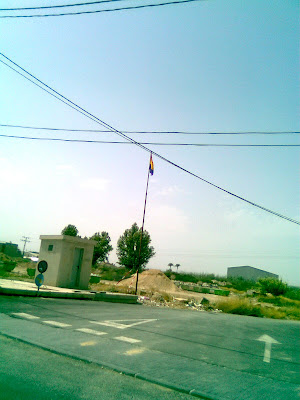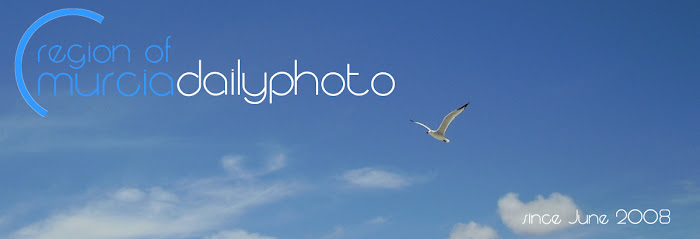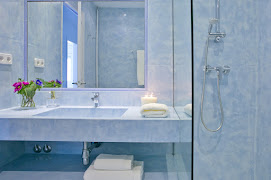
There are those who refuse to show their political views in public, whether on the border of legality.
After exploring the net, and see different arguments, and without showing any kind of political affection, the Republican flag is not legal, but it is not forbidden to show it, except in government buildings. I would remind those who read this post, that Spain is a parliamentary monarchy.











































